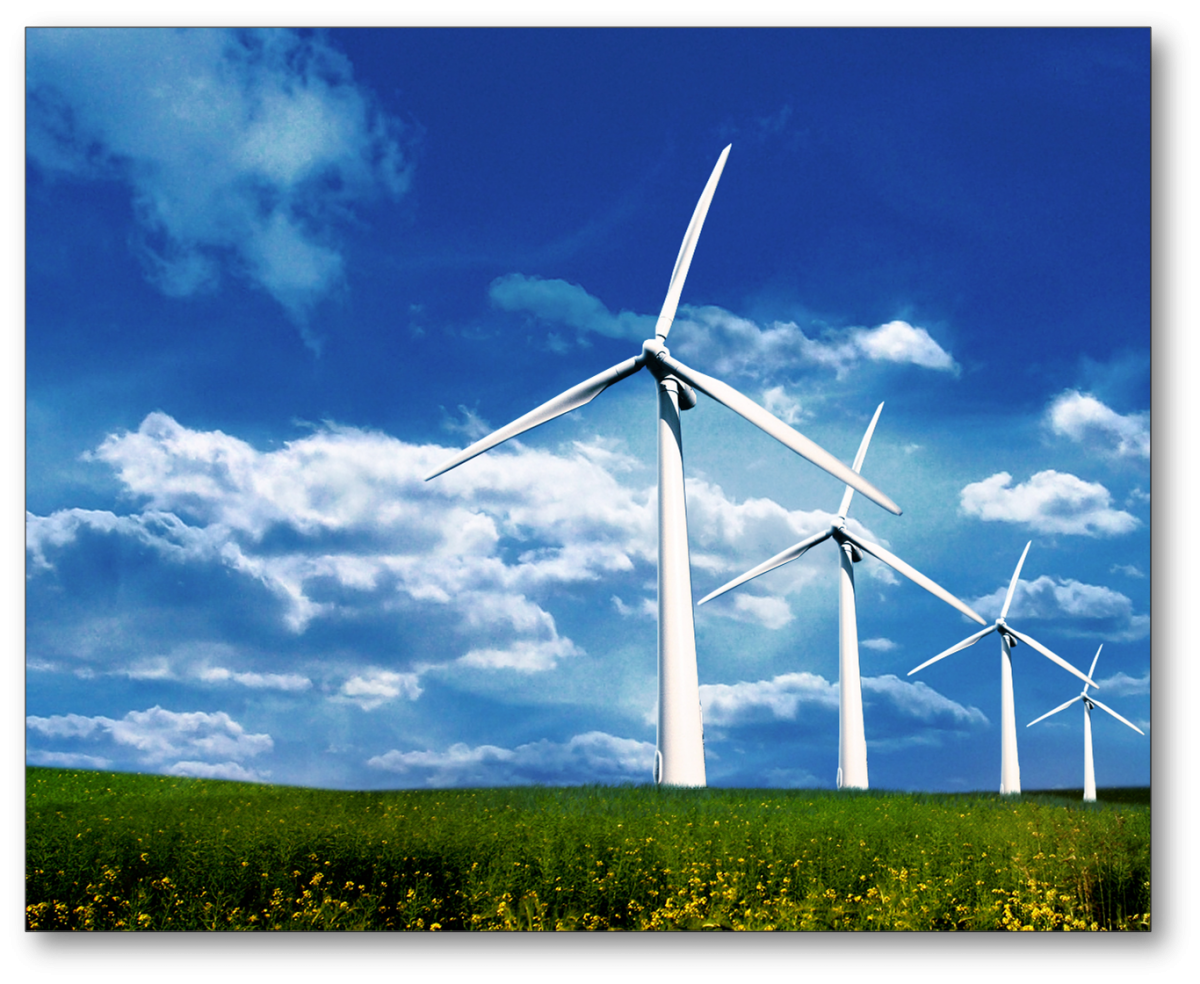

The underlying rocks, released from overlying pressure, can then expand. In a process called unloading, overlying materials are removed. Changes in pressure can also contribute to exfoliation due to weathering. Sugarloaf Mountain, an iconic landmark in Rio de Janeiro, Brazil, is a bornhardt. Bornhardts are tall, domed, isolated rocks often found in tropical areas. Exfoliation contributes to the formation of bornhardts, one of the most dramatic features in landscapes formed by weathering and erosion. Eventually, outer layers flake off in thin sheets, a process called exfoliation. The outer layer of desert rocks undergo repeated stress as the temperature changes from day to night. Rocky desert landscapes are particularly vulnerable to thermal stress. As this happens over and over again, the structure of the rock weakens. Changes in temperature cause rock to expand (with heat) and contract (with cold). Temperature changes can also contribute to mechanical weathering in a process called thermal stress. This specific process (the freeze-thaw cycle) is called frost weathering or cryofracturing. When ice melts, liquid water performs the act of erosion by carrying away the tiny rock fragments lost in the split. It slowly widens the cracks and splits the rock. If temperatures drop low enough, the water will freeze. For instance, liquid water can seep into cracks and crevices in rock. Water, in either liquid or solid form, is often a key agent of mechanical weathering. Mechanical Weathering Mechanical weathering, also called physical weathering and disaggregation, causes rocks to crumble. Biological weathering, in which living or once-living organisms contribute to weathering, can be a part of both processes. Weathering is often divided into the processes of mechanical weathering and chemical weathering. Soils types associated with a mixture of weathered rock include glacial till, loess, and alluvial sediments. A single type of weathered rock often produces in fertile soil, while weathered materials from a collection of rocks is richer in mineral diversity and contributes to more fertile soil. Tiny bits of weathered minerals mix with plants, animal remains, fungi, bacteria, and other organisms. As it smoothes rough, sharp rock surfaces, weathering is often the first step in the production of soils. Rocks, such as lavas, that are quickly buried beneath other rocks are less vulnerable to weathering and erosion than rocks that are exposed to agents such as wind and water. The length of exposure often contributes to how vulnerable a rock is to weathering. Weathering wears away exposed surfaces over time. Weathering and erosion constantly change the rocky landscape of Earth. This massive canyon is 446 kilometers (277 miles) long, as much as 29 kilometers (18 miles) wide, and 1,600 meters (1 mile) deep. Together, these processes carved landmarks such as the Grand Canyon, in the U.S. No rock on Earth is hard enough to resist the forces of weathering and erosion. Once a rock has been broken down, a process called erosion transports the bits of rock and mineral away. Water, ice, acids, salts, plants, animals, and changes in temperature are all agents of weathering. Liu, Qinghua Ye, Shiqiang Wu, M.J.F.Weathering describes the breaking down or dissolving of rocks and minerals on the surface of the Earth. Water age is proved to be an effective indicator of water exchange efficiency, which may help decision-makers to carry out integrated water management at a complex basin scale. Wind speed decline, such as that induced by climate change, has negative effects on both internal and external nutrient source release, and results in water quality deterioration. Water age decreases with higher inflow discharge from tributaries however, discharge effects are less significant than that of wind. Changes in wind direction lead to changes in both the average value and spatial pattern of water age, while the impact of wind speed differs in each tributary group. A well-calibrated and validated three-dimensional Delft3D model is used to investigate both spatial and temporal heterogeneity of water age. For each group, the water age has been computed accordingly. On the base of sub-basins of upstream catchments and boundary conditions of the lake, multiple inflow tributaries are categorized into three groups. In this study, water age is used to investigate the impacts of tributary discharge and wind influence on nutrient status in Taihu Lake, quantitatively.

(TU Delft Coastal Engineering)Īs the third largest fresh water lake in China, Taihu Lake is suffering from serious eutrophication, where nutrient loading from tributary and surrounding river networks is one of the main contributors. Wu, Shiqiang (Nanjing Hydraulic Research Institute) Wind effects on the water age in a large shallow lake


 0 kommentar(er)
0 kommentar(er)
